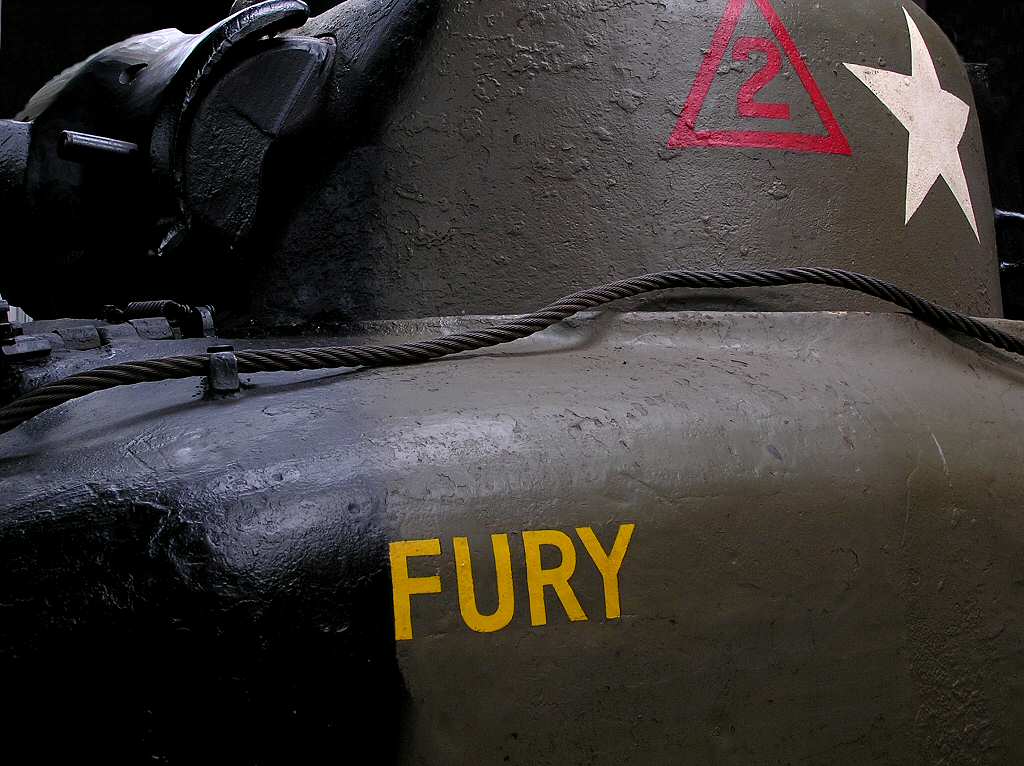|
|
|
How to download the photographic
computer wallpaper www.MooreWallpaper.com Tell your friends about us, e-mail them! |
Sherman M4 TankI have a connection with the Sherman M4 Tank. My uncle Sid Moore lost his leg when his Sherman tank was hit by a German 88mm shell. It hit where the turret joins the main tank body. It was during the battle of the Falaise gap or pocket in which Allied forces tried to encircle and destroy the German Seventh Army and Fifth Panzer Army in August 1944. He was the only member of his tank’s five man crew to be able to crawl out of the tank. His troubles had only just started. Infantry from the famous Scottish Regiment the Black Watch were supporting the tanks. They were known to bayonet anything that moved and ask questions later. Les had to quickly think of a way of avoiding certain death as he lay on the grass in danger of bleeding to death from his wounds. He resorted to racial abuse. He made certain references to their parentage, heritage and for wearing tartan skirts. They soon worked out he was English as no English speaking German would know all those insults, so he just got a passing kick rather than cold steel as they ran past. The medics got to him in time and sent him back to England to get a false leg. He raised a family and worked in a Tax office until he was 65 after which he enjoyed his retirement with his wartime wife and sweetheart. He had a wicked sense of humour. I still remember him chasing us young children with his false leg in one hand and hopping after us which we thought was great fun. The main criticisms of the Sherman Tank was that it was under gunned, under armoured and caught fire to readily. The American Defence Department has been criticised by historians for not providing their troops with the proper tools to match the threat of the heavily armoured German Tiger and Panther tanks and tank destroyers. Sherman shells often harmlessly bounced off the thick German armour. What many historians forget is that there were great limitations on the size and weight of US tanks. The US Military knew that their tanks had to cross vast oceans to get to staging arrears before then being involved in amphibious landings on enemy coast.. The bigger the tank, the fewer a transport ship could carry. Medium weight tanks like the Sherman could be used to cross temporary bridges. Heavy tanks would be stranded as these military engineer bridges could not take their weight. This became very important in the battle of Normandy as the USAF and RAF had been targeting enemy bridges as a means of disrupting enemy supply lines. The Sherman’s reliability, minimum care and ease of replacement were the greatest reason behind the success. The Sherman may not have been able to slug it out with a Tiger or Panther but it could out-run, out-manoeuvre, and out number them. Production of the M4 Sherman started in July 1942. About 50,000 were produced in different variations. It was the most widely produced tank during World War Two. More Sherman Tanks were produced than all the tank production of the Third Reich for the entire war. Early production Sherman M4's had a cast one-piece steel turret mounting a 75mm main gun. The Sherman's gun could not kill either the Tiger or the Panther tank in a head-to-head encounter, even at close range. For added protection, oblique armour plates were added to the turret, hull sides and just in front of the forward hull hatches. The German Tank guns like the 88mm were more powerful than the Sherman's and they could easily penetrate it’s frontal armour even at great ranges. The only chance a Sherman had against a Panther or a Tiger was to shoot it in the side or rear, where the armour was thinner. This required that the Sherman lay in wait and shoot its victims from hiding.
|
www.MooreWallpaper.com Add our site to your 'Favorites' list now!
![]()
![]() (Website
design by Craig
Moore, London, England)
(Website
design by Craig
Moore, London, England)
